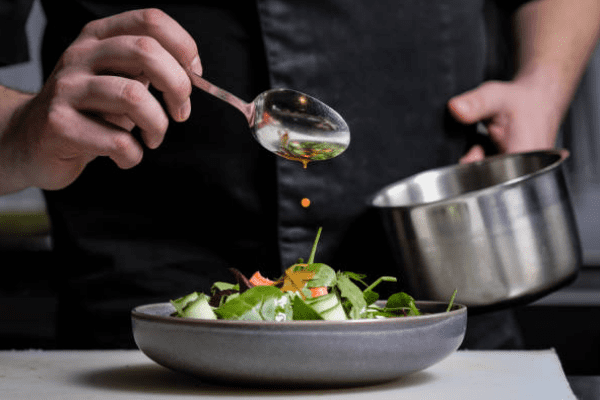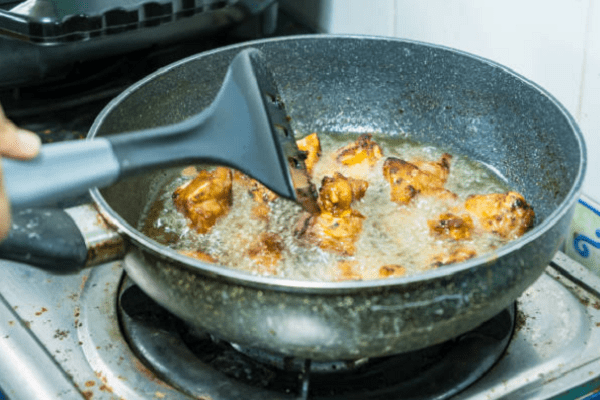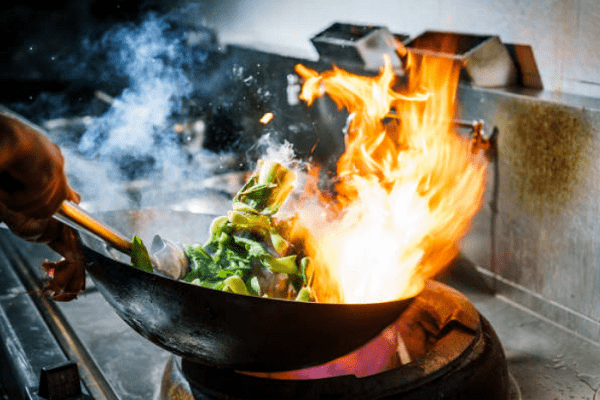Healthy food >>>> How to cook plant products without losing vitamins?
How to cook plant products without losing vitamins?

The question of how to prepare plant foods without losing vitamins and other beneficial substances worries those people who view food as an opportunity to receive natural beneficial components from nature during eating, and not their chemical analogues during treatment. The loss of vitamins in vegetables, fruits and berries begins at all stages of food preparation, from the moment of cleaning, washing and ending with heat treatment. But plant products lose vitamins even without heat treatment, but during long-term storage. It is no secret that the skin protects plant fruits, and the film protects root crops from wasting the nutrients that they accumulate during the growing season. As soon as the skin, film or bark is cleaned, the fruits begin to lose their vitamins and other useful substances, since the pulp comes into contact with oxygen from the surrounding air, and the process of oxidation of substances begins, that is, the transformation of vitamins, minerals and other components into other substances, not always good for eating. The longer plant products are stored without their natural shell, the higher the percentage of loss of nutrients.
One of the most useful vitamins that fresh fruits, roots, leaves and stems of plants are rich in, vitamin C, begins to be destroyed first, since this vitamin is not very resistant to exposure to air (oxygen). From the moment vegetables, fruits and berries are harvested for storage, the proportion of vitamin C decreases by tenths of a milligram. But during storage, under normal temperature conditions in the refrigerator or cool rooms, the loss of vitamin C occurs in percentages (can reach up to half a percent per day). Thus, storing fruit and berry crops, root vegetables, and leafy vegetables in a cool place for several months leads to a loss of vitamin C content by almost 60%. Fruits, roots, leaves and stems begin to fade, which indicates a loss of nutrients.
Prolonged soaking of peeled fruits and root vegetables in water also does not help preserve vitamins, minerals and other beneficial substances - they begin to move into the water.
Heat treatment of plant foods begins to destroy the remnants of vitamins and minerals that have managed to survive in the composition of plant products. An interesting fact is that chopped sauteed vegetables and fruits in fat destroy vitamin C by 25-30%, and practically do not destroy vitamin A. But long-term stewing of vegetables is the surest way to destroy vitamins completely. Vegetables and fruits boiled with skins retain a percentage of vitamins twice as high as the same vegetables and fruits cooked without skins. The cooking technology itself is of great importance for the rate of destruction of vitamins.

For example, fruit vegetables and fruits, root vegetables and berries lose almost all their vitamins if they are placed in a vessel for cooking in cold water, but have a chance of retaining a third or a quarter of the remaining beneficial substances if they are placed in already boiled water and boiled for a short time. amount of time. The best method of heat treatment, which allows you to preserve almost the entire set of useful substances, taking into account their losses during storage, is steam treatment over short time intervals. Steaming vegetables, root vegetables, berries and fruits is always preferable to boiling or stewing.
The group of vitamins B is destroyed to the least extent during heat treatment. Vitamins of this group tend to be almost completely preserved during long-term cooking, for example, cereal porridges, pilaf or baked goods, but do not like the frying process - they begin to deteriorate during prolonged frying. The only drawback of vitamins in this group is that when cooked in a large amount of water, they pass into the water from the plant product itself. For this reason, you should not drain water from products containing B vitamins; simply boil such products in a small amount of water or use decoctions from such products to prepare first courses.
Baked fruit vegetables, root vegetables, fruits and berries retain the remaining nutrients to a greater extent than they do, but already fried or stewed. The best option for preserving nutrients in vegetables, fruits, berries and root crops is to bake them in their own skins, and then peel them immediately before eating.


It is more rational to scald fruits and berries, leafy plants and green vegetables in terms of preserving vitamins and minerals, natural acids, pectin and other useful components in boiling water for two to five minutes, without removing the skin or film from plant products.
Passivation is another reliable way to preserve nutrients in plant foods - it imitates heat treatment and replaces frying and stewing with a quick form of thermal action on plant products. They preserve useful substances during sauteing by quickly turning and moving pieces of plants, preventing them from overheating unnecessarily in a frying pan, in Vogue or in a saucepan. Vegetable products are sauteed not only in fat, but also in water and sauces, giving them the appearance of fried, boiled or scalded products. The only inconvenience of heat processing of plant products by sauteing is the continuous participation in their preparation - quick and frequent stirring.
The most difficult way to preserve nutrients and medicinal substances in plant products is to prepare soups, borscht, and other types of liquid dishes based on them. But here, too, a technology for preserving food as part of first courses has been invented. For example, you should not cook potatoes and other root vegetables directly in water for soup or borscht. They are prepared separately, choosing the method of heat treatment that is least harmful to the destruction of beneficial substances. When the vegetables are cooked, they are placed either in the prepared soup broth or directly into portioned plates. The same is done with greens for soup - they are doused with boiling water or sauteed, and only then (at the end of cooking the broth) they are thrown into a pan, or directly laid out in portioned plates. Frying for soups and borscht is prepared over high heat by sautéing. But to prepare vegetable broth, you need to add certain vegetable components from which you plan to prepare the broth itself into water. In such cases, the broth is prepared from the necessary vegetables and spices, and then filtered, and other vegetable components - those that were prepared separately - are placed in a saucepan or portioned plates.
There is another feature of the loss of nutrients from plant products that are prepared by fermentation or soaking. It is not recommended to rinse such products of plant origin or keep them outside the brine for a long time. They are not washed, but the brine is allowed to drain, or they are immediately placed in portioned plates. Soaked and pickled vegetables, fruits, berries and root vegetables do not like freezing and open dishes, sunlight and environmental heat. All these factors modify the composition of nutrients in plant products prepared by fermentation or soaking.

Read

Read



























